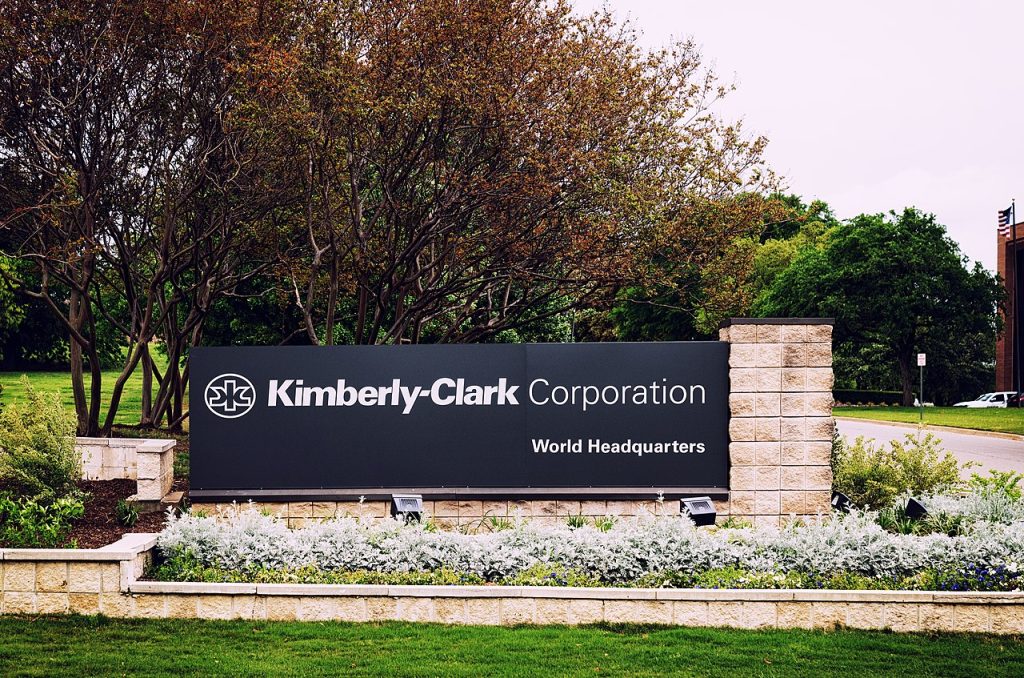Kimberly-Clark has unveiled a $2 billion, five-year plan to bolster its U.S. operations – the company’s largest domestic investment in over three decades. The move includes a new high-tech factory in Ohio and an automated distribution hub in South Carolina, alongside sweeping automation upgrades across its North American network. The initiative is set to create over 900 jobs and streamline operations to better serve 117 million consumers across the Midwest and Northeast.
Regional Investment, Global Implications
At the heart of Kimberly-Clark’s expansion is a strategy to regionalize production and integrate logistics operations to reduce complexity, improve service levels, and harden supply chain resilience. The $800 million Warren, Ohio facility will span 1.2 million square feet and serve as a manufacturing hub for the company’s personal care portfolio, including Huggies and Depend. Located near a major airport and highway corridors, it gives the company a stronger foothold in the Northeast and Midwest consumer markets, home to nearly 117 million people.
Meanwhile, $200 million will go toward building a 1.1 million-square-foot automated distribution center adjacent to Kimberly-Clark’s Beech Island manufacturing plant in South Carolina. With capabilities for direct shipping, AI-driven logistics, and dense automated storage, the site is designed to collapse lead times, reduce manual handling, and enhance inventory agility. The integration of production and distribution under one roof signals a shift toward end-to-end automation as a hedge against labor disruption and freight volatility.
In an official press release, Tamera Fenske, Kimberly-Clark’s Chief Supply Chain Officer, stated: “By bringing together manufacturing and distribution under one automated roof, we are building a more agile, responsive, and resilient manufacturing network that will enhance service levels for our retail partners and contribute to our gross productivity plan.”
Kimberly-Clark’s broader modernization plan includes innovation upgrades at other North American sites, underscoring the company’s long-term intent to evolve beyond legacy manufacturing systems toward a more resilient, digitally-enabled supply chain infrastructure.
Balancing National Strategy with Local Sentiment
While this investment reinforces Kimberly-Clark’s commitment to the U.S. market, it has sparked unease in Wisconsin, where the company was founded more than 150 years ago. The state has experienced steady divestment over the past two decades, and this latest round of capital deployment elsewhere revives concerns about long-term corporate loyalty. Still, the company maintains a sizable workforce of over 2,500 employees in Wisconsin and continues to emphasize its U.S.-first manufacturing strategy.
For business leaders, the takeaway is clear – scale and legacy alone are no longer competitive moats. Proximity to consumers, automation intensity, and the ability to reconfigure physical networks are becoming defining attributes of modern supply chain leadership.
Kimberly-Clark’s approach, fusing high-tech manufacturing with regional responsiveness, offers a blueprint for others navigating similar pressures. As AI, robotics, and real-time logistics mature, the question for global manufacturers may no longer be where to build but how dynamically those facilities can operate when disruption hits.





